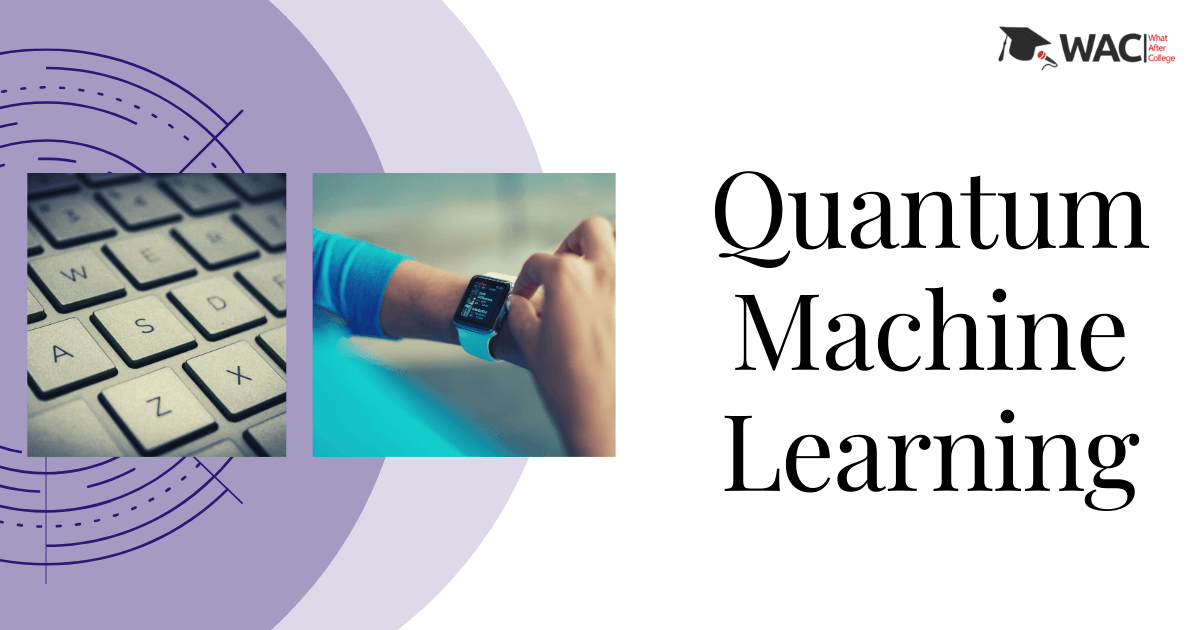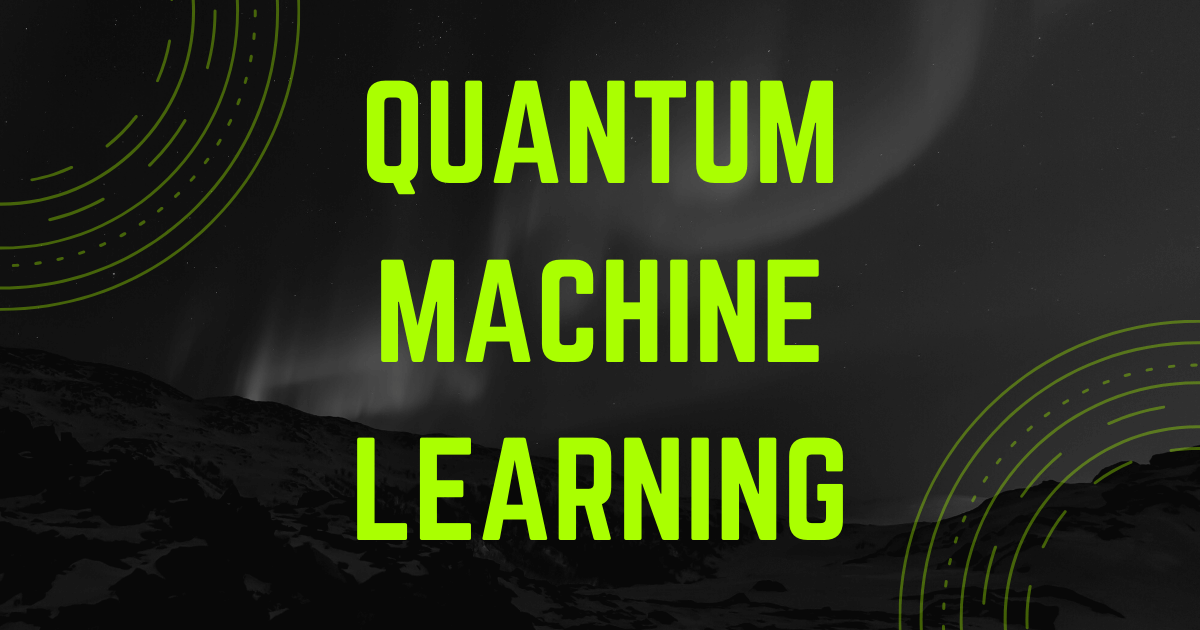Quantum Machine learning innovation is far from complete. In reality, things are just about to take a ‘quantum leap’ for the positive. As the field of quantum physics and machine learning come combined through intelligent computing to solve even more advanced problems.
That’s right, Heisenberg’s Uncertainty Theory and the popular Schrodinger’s Cat could help develop modern quantum machine learning. Systems that can speed up the current machine learning models to function much faster. As well as help develop completely new machine learning models that could do incredible stuff.
Quantum Machine Learning
Several simple quantum algorithms use this as building blocks for long-term Quantum Machine learning (QML). These would be algorithms to find a matrix’s own vectors, perform multiplication of matrix. And also, invert a matrix, estimate the inner product, or the distance between two vectors.
Important Quantum concepts:
- We can recover a classical description of a quantum state.
- Most importantly we need to be able to load a vector, or set of vectors, in a single quantum state.
- Multiple measurements.
All of these subroutines enable linear algebra tasks with proven speed-up, often exponentially faster in matrice or vector size. And also, quantified error warranties.
How Quantum principles that affect machine learning–
Quantum machine learning is an interdisciplinary approach that incorporates the concepts of quantum physics and machine learning. Let’s take a look at some of the fundamental principles of quantum physics to understand this.
Quantum:
In 1900, the physicist Max Planck proposes that energy contains at the subatomic level in tiny discrete packets calls quanta. Which, at the time act as both waves and particles, depending on their environment
The foundation of quantum theory is the fact that these particles can be in any state at any point in time, and may change their state.
Qubits:
Today’s classical computing methods operate on chips that process all data using 2 bits – 0 and 1. On the other hand, quantum machine learning uses the ‘qubits’ model, shorthand for quantum bits. Those qubits may be electrons or protons surrounding a nucleus in an atom in quantum physics.
Superposition:
These Quantum Particles or Qubits may simultaneously exist as 0 and 1. This is the Superposition phenomenon. This essentially a particle can emerge in multiple quantum states, and when placed under monitoring. And also, when we start measuring its position, it undertakes change and its superposition will start losing.
Entanglement:
Various qubits communicate on an atom in the state of one particle can not represent independently of the other particles. And even though the particles separated by a great distance, they interact in a correlated manner with each other.
So how does Quantum physics figures in Machine Learning?
Understanding quantum mechanics can help us create new special-purpose hardware or quantum computers that are superior to those.
We currently have in consideration of how much data they can process per second and computation they can accomplish.
Quantum computers deliver the enormous technological benefit of being able to distinguish objects in their nth dimension. And also, a feat on conventional classical computers that can not be accomplished.
Using the concepts of superposition and embroidery mentioned above, these tools pack in an enormous amount of computational power.
If you are still in admiration of hardware such as ASICs (application-specific built-in circuits). Secondly, FPGAs (field-programmable gate arrays) to promote machine learning. And also, prepare to encounter a much higher-order output with quantum machine learning. Quantum chips use to map remarkable algorithms of computers to solve complex problems.
Although proponents of quantum computing are exciting strides in the field of developing new chemicals and drugs with this technology. Amateurs of machine learning are looking to a future where complex algorithms can map the brain circuitry.
And also decode the genetic make-up, create a sophisticated network that combines biometrics. IoT devices allow high-level safety devices and even unlock them. Additionally, learning from quantum machines may allow the simultaneous mapping of trillions of neurons firing in our brain.
Some of Machine Learning which can be accelerated by quantum machine learning are:
- Optimization.
- Linear Algebra.
- Kernel Evaluation
- Deep Learning
All you need to know about Machine Learning
Learn Machine Learning
| Top 7 Machine Learning University/ Colleges in India | Top 7 Training Institutes of Machine Learning |
| Top 7 Online Machine Learning Training Programs | Top 7 Certification Courses of Machine Learning |
Learn Machine Learning with WAC
| Machine Learning Webinars | Machine Learning Workshops |
| Machine Learning Summer Training | Machine Learning One-on-One Training |
| Machine Learning Online Summer Training | Machine Learning Recorded Training |
Other Skills in Demand
| Artificial Intelligence | Data Science |
| Digital Marketing | Business Analytics |
| Big Data | Internet of Things |
| Python Programming | Robotics & Embedded System |
| Android App Development | Machine Learning |


